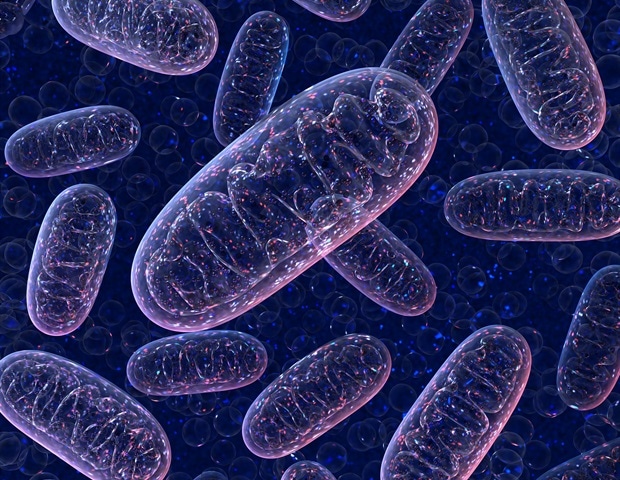The heart is a muscle like no other, beating 60 to 100 times per minute on average, around the clock. But when it grows weak, it can lead to serious problems: from debilitating shortness of breath and swelling in the legs and feet, to fluid in the lungs and even death. In systolic heart failure, which affects more than 32 million people globally, the muscle loses the ability to squeeze hard enough to push oxygenated blood from the heart's left ventricle through the body via the circulatory system.
The current treatments cardiologists use manage the symptoms of systolic heart failure and are crucial for improving patients' quality of life. However, these therapies don't directly address the underlying problem -; the weakened heart muscle itself. High mortality and hospitalization rates of patients with systolic dysfunction persist.
My goal is to find ways to restore heart muscle function, including improving its energy metabolism." Junco Warren, cardiovascular scientist in the Center for Vascular and Heart Research at the Fralin Biomedical Research Institute at VTC Warren has identified a protein with the potential to do just that. In a study published this month the American Journal of Physiology , Warren and her lab show for the first time that a protein known as PERM1 effectively regulates both energy and the heart's ability to contract.
The study suggests the protein could be a new therapeutic approach to systolic heart failure. In recent decades, scientists have developed.


















